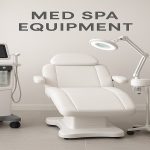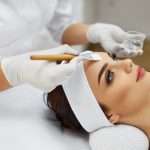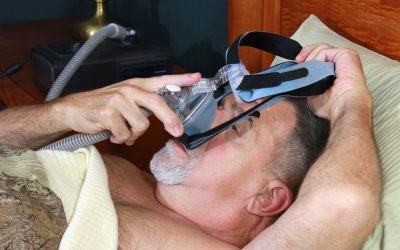Sterile injectables are medications administered through intravenous, intramuscular, and subcutaneous routes. These products must be manufactured under strict guidelines to prevent contamination and ensure the product meets the required quality and safety standards.
Clean Room Design
The manufacturing process of sterile injectables requires a cleanroom environment. A cleanroom is a controlled environment that minimizes contamination by controlling airflow, humidity, temperature, and particulate matter. The cleanroom design must be appropriate for the product’s intended use and comply with regulatory requirements.
Quality Control
The quality control process helps to ensure that the final product meets the required standards of quality, purity, and potency. In addition, the quality control process includes monitoring the manufacturing process to detect any potential deviations from the standard operating procedures.
Validation
Validation establishes documented evidence that a system or process consistently produces a product or service that meets predetermined specifications and quality attributes. In the case of manufacturing sterile injectables, validation is essential to ensure that the manufacturing process is reliable and produces a product that meets the required standards of quality and safety. Regulatory agencies also require validation.
Sterilization
In the manufacturing of sterile injectables, sterilization is a critical step to prevent contamination of the product. Sterilization can be achieved using various methods, including steam sterilization, gamma radiation, and filtration. The method used will depend on the product and the intended use.
Manufacturing sterile injectables is a complex process that requires careful attention to detail to ensure product safety and efficacy. If you’re looking for a reliable partner to manufacture sterile injectables, consider Renaissance Lakewood LLC, https://www.renpharm.com.






